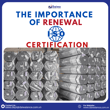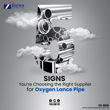Recently, the European Union (EU) has officially put into effect Phase 1 of the Carbon Border Adjustment Mechanism (CBAM) from October 1, 2023. This new policy requires importers within the EU to provide detailed reports on the volume of imports and the associated greenhouse gas emissions. Importers must also gather data for the last quarter of 2023 and submit their first report before January 31, 2024. Naturally, this has raised concerns among importers and manufacturers abroad regarding the nature of CBAM and the process of obtaining the required certification. To address these concerns, we are here to guide you through the intricacies of this mechanism. Let's explore together.
What is CBAM?
Carbon Border Adjustment Mechanism, or CBAM, issued by EU, is an environmental trade policy designed to tackle the issue of carbon leakage. Carbon leakage occurs when industries move their production to regions with loose environmental regulations, resulting in an increase in global emissions.
CBAM includes carbon taxes on goods imported into the markets of EU member countries. This mechanism aims to balance the carbon price between domestic and imported products, preventing the risk of EU businesses relocating carbon-intensive production to other countries to take advantage of lax standards (carbon leakage). The EU believes that applying a green mechanism to imported goods from outside the EU through a carbon pricing system will encourage cleaner industries in countries beyond the EU.
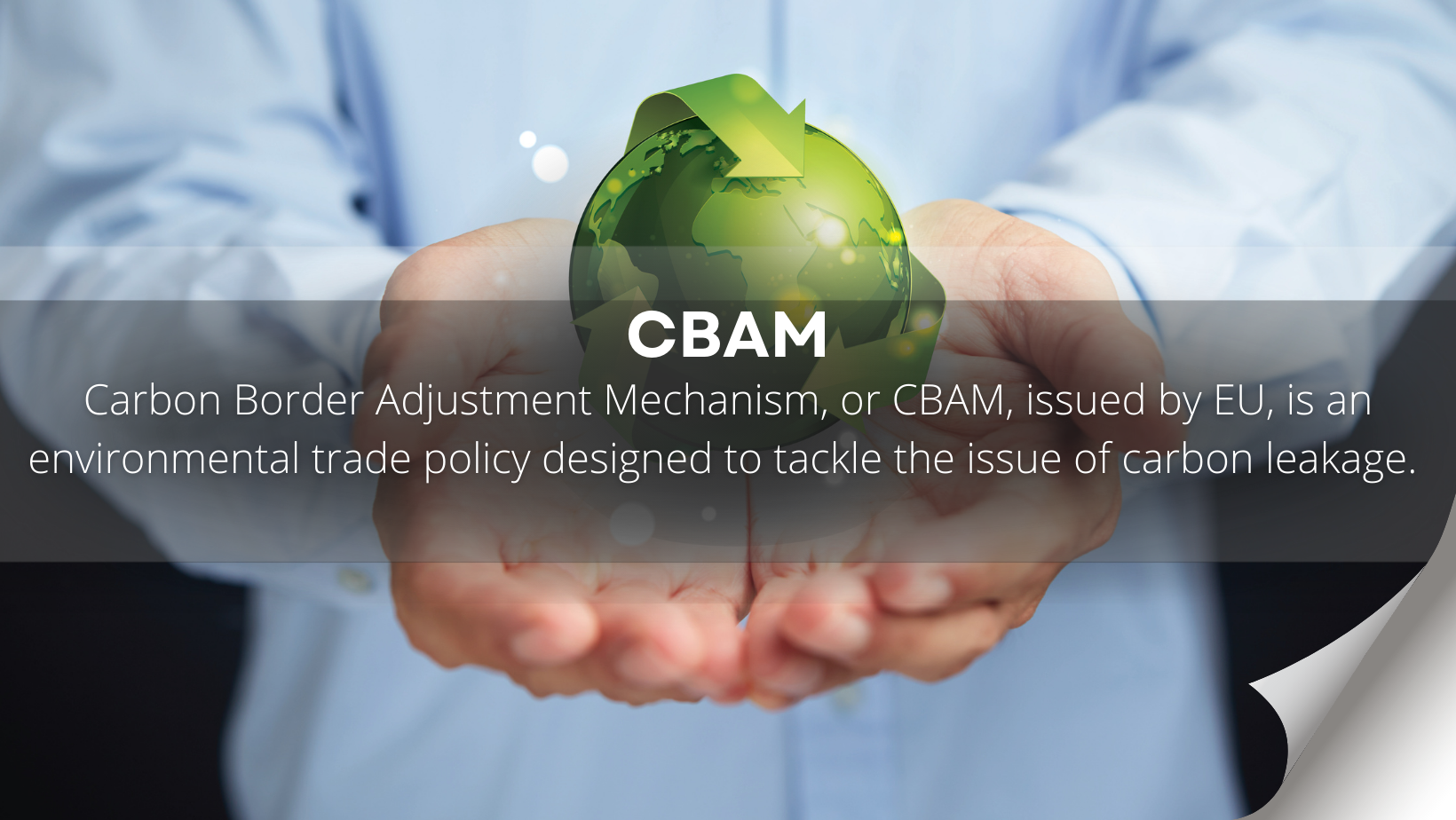
Background to CBAM
In light of the urgent need for a comprehensive global strategy to address climate change, the concept of CBAM has emerged as a prominent solution. With nations actively working towards ambitious emission reduction targets, the European Union (EU) has taken a pioneering leap by introducing CBAM as a key component of its broader climate policies.
The EU has set its sights on becoming the world's first climate-neutral continent by 2050, and has committed to reducing emissions by a staggering 40% by 2030. This innovative and forward-thinking mechanism not only represents a significant milestone in the fight against climate change, but also serves as a powerful testament to the EU's unwavering dedication to leading the charge in environmental sustainability.

The Transitional Period Timeline of CBAM
The implementation of CBAM involves a transitional period, during which businesses and governments must adapt to the new framework. The timeline typically includes phases of gradual integration, allowing industries to adjust their practices to comply with the environmental standards set by CBAM. This transitional period is crucial for fostering a smooth and equitable transition towards a low-carbon economy.
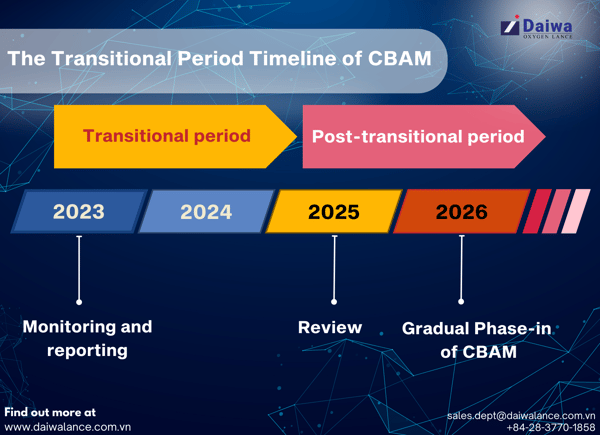
Is Your Goods in Scope of CBAM?
Businesses must carefully assess whether their products are subject to CBAM, as it applies to a wide range of goods. CBAM mainly targets sectors at high risk of carbon leakage, such as steel, aluminum, cement, and electricity. To understand the potential impact of CBAM on their operations, companies need to evaluate the carbon intensity of their production processes. It is crucial for businesses to proactively consider the implications of CBAM on their operations and take necessary measures to comply with the environmental standards set by this mechanism.
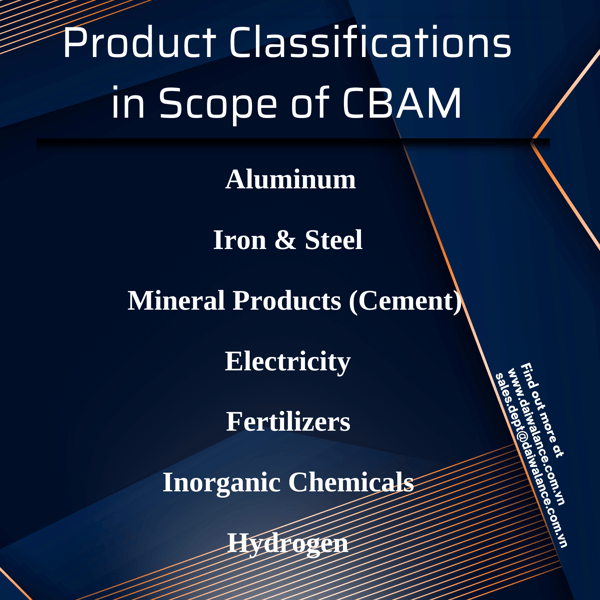
Daiwa Lance's Efforts to Obtain CBAM Certificate
In response to the evolving regulatory landscape, Daiwa Lance, a leading manufacturer of oxygen lance pipes, has taken proactive steps to obtain CBAM certification. Our company has implemented a comprehensive range of measures to control emissions throughout our operations.
From ensuring the sustainability of mother coils to optimizing electricity and fuel energy consumption, Daiwa Lance is fully committed to meeting the stringent environmental standards set by CBAM.
Moreover, our company has also made significant progress in reducing emissions associated with our oxygen lance pipe products, exemplifying a holistic approach to environmental stewardship.
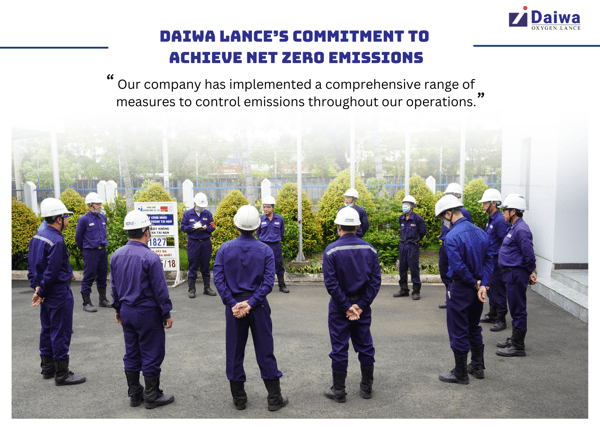
Conclusion
In essence, CBAM represents a crucial milestone towards a more sustainable and fair global economy. Its successful implementation necessitates businesses to embrace adaptability and innovation, fostering a seamless transition towards low-carbon practices.
Daiwa Lance takes great pride in the steadfast commitment to obtaining CBAM certification, as it stands as a remarkable testament to how our company can actively and positively contribute to a more environmentally friendly future.
As CBAM continues to shape international trade and environmental policies, it is imperative for businesses to stay well-informed and proactive in navigating this new era of sustainability. If you have any inquiries regarding CBAM certification, feel free to reach out to our team support by clicking the link below.
- Category:
- General Topics
- Keyword:
- oxygen lance pipe




